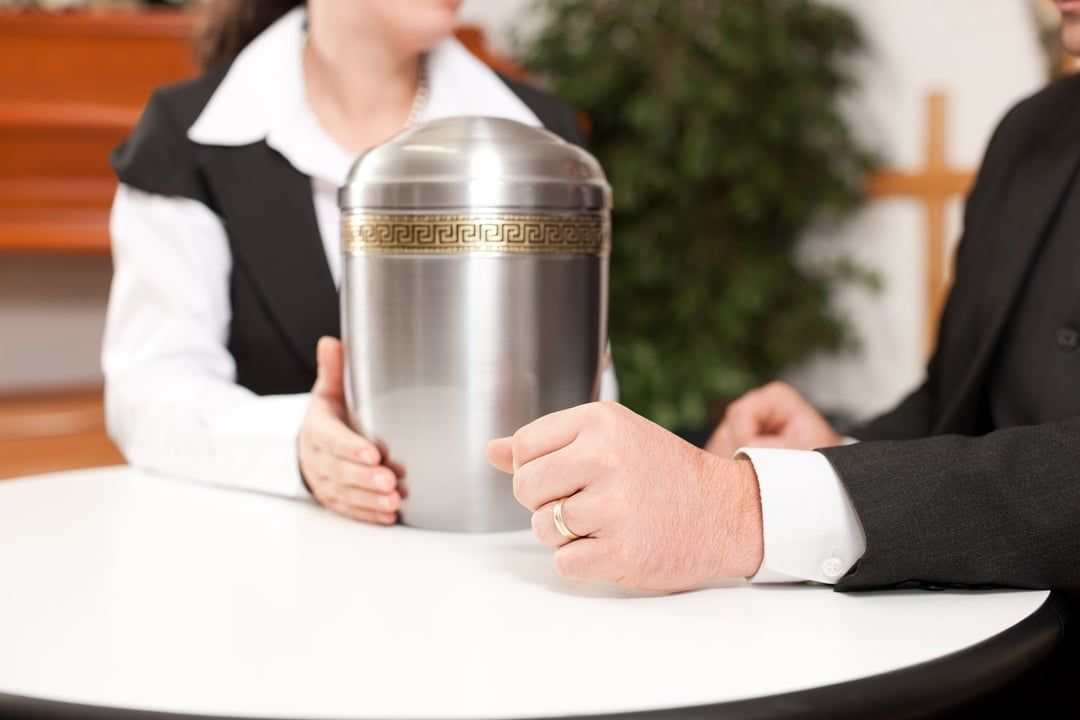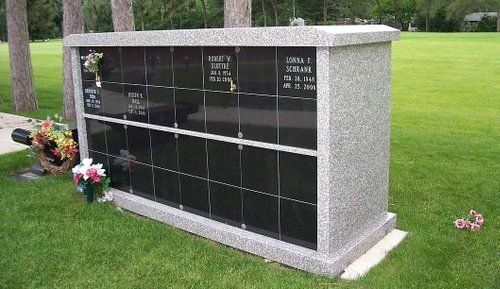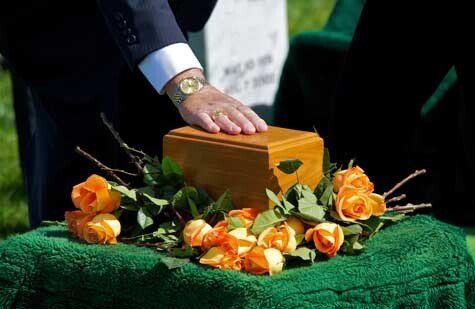CREMATION SERVICES
Cremation Services
Pennsylvanians are born into a philosophy of hard work and a deep respect for traditions. Rooted in these beliefs is a concept of value earned and received. Many families and individuals have embraced cremation as a means of disposition. Different trends affect one's choice for cremation, some for personal beliefs; others to offset the cost, increased range of options, environmental impact, to geography, and religious philosophy.
Full Service Cremation
When accessing information thru our funeral home, we are a full service provider. This simply means that when selecting Cremation Services whether a simple cremation or traditional funeral with cremation as a means of disposition to memorial options, you will receive the complete energies of our staff and access to our facilities. From professional knowledge, coordinating services, and post funeral care that saves families hardship and money to various payment options.
Our staff realize that these services may not be needed in some case, or that families now wish to self direct.
Please call at anytime to find out the difference between a Full Service and Self-Guided Cremation.
Many times I or my staff will direct you for we recognize our fiduciary responsibility to all we serve.
E. Franklin "sank" Griffiths III
Traditional Funeral Service followed by Cremation
Many families find meaning and beauty in a traditional funeral service. With a traditional service combined with cremation, you can still choose to have a final viewing, visitation or wake, and a funeral service. However instead of in-ground burial, the funeral will be followed by cremation. Depending on your wishes, the cremated remains may be either returned to your family for storage in an urn, scattered, or interred in a columbarium. This option will include fees for the funeral services as well as the fees associated with the cremation itself.
Memorial Service
The memorial service can be held in our chapel, a church, or any other venue the family chooses. We work with our families to design a service that honors their loved one with stories, music, or scripture. We also have life celebrants that lead services where clergy may not be chosen. Our celebrants are trained in creating experiences that help start the healing process.
Graveside Service
A graveside or committal service is typically held immediately following the funeral service but it can also be a small intimate gathering of those closest to you.
The Cremation Process Step-by-Step
What is the cremation process from start to finish?
Step 1. The Body of The Deceased Is Identified
The identification process varies from state to state. But all process in handling the body of the deceased and the procedures involved by the mortuary is under the directive and accordance under the funeral industry’s recommendations. A metal ID tag is then placed on the body and will remain throughout the entire duration of the cremation process as the final identification of the cremains.
Step 2. Authorization to Proceed with The Procedure
The funeral home must have official approval to proceed with the cremation. The person who made the final arrangements must complete the paperwork that authorizes the crematory to proceed. The paperwork also contains information regarding the type of container to hold the cremated remains. Lastly, the person that will be responsible to receive the cremains.
Step 3. The Body Is Prepared for Cremation
The mortician starts by cleaning and dressing the body. For direct cremation, the body is not embalmed unless the family requests public viewing. Jewelry and other items are removed for the loved ones to keep. Medical devices such as prosthetics that are battery-operated are removed to prevent contamination. The body is then placed in a combustible container but strong enough to hold the weight.
Step 4. Moving the Body into The Cremation Chamber
The body is then placed inside the cremation chamber in which the body is exposed to extreme temperatures reaching up to1,800 degrees Fahrenheit leaving only ashes. The entire duration of the cremation process usually takes at least 2 hours, then the cremated remains are then cooled in preparation for final verification.
Step 5. Finalizing the Cremains
After the cremation, the cremated remains are inspected for any metal fragments by hand or a magnet is hovered over the ashes to remove items such as pins, screws, and joints that are surgically implanted during the life of the deceased.
Step 6. Transferring the Cremated Remains
The remains are placed in a temporary container or an urn and returned to the family.






